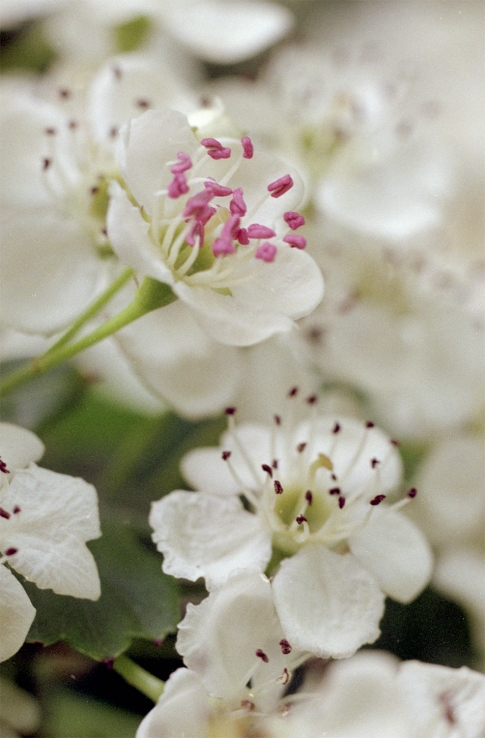These days everyone is talking about macro photography. At least that’s my impression following several photography channels on Youtube that normally do not deal with this specific genre. However, this is not that surprising since across the globe photographers were confined to their homes to a certain degree and in order to stay productive they had to come up with alternatives to their normal outdoor photography preferences. Macro and still life are only two options for that, but they are the most obvious ones. The pandemic forced nature and landscape photographers to seek beauty in small to tiny objects they already had at or could bring home and arrange for macro photography sessions in their kitchens, sheds or gardens.
Being interested in nature for a long time and having a nag for animal photography in my early days as an SLR user I purchased a proper macro lens to go with my Nikon F301 already in the mid-eighties. It was a manual focus tank of a lens, the Soligor C/D Macro MC 90mm f/2.5, a re-branded version of the then highly esteemed Vivitar 90mm f/2.5 macro lens, produced by Tokina. I used it quite regularly back in the day and produced many color slides some of which I still do like very much today, e.g. the praying mantis in the botanical gardens in Antananarivo, Madagascar.
 Praying mantis
Praying mantis
Antananarivo, Madagascar, 1989, Nikon F301, Kodachrome 64
Seeing all this macro hype on my computer I thought why not digging out this old and heavy lens and re-vive my former enthusiasm for the tiny and easily overlooked ones out there in nature. This time I used my Nikon F90x and a tripod because camera and lens weigh nearly 1.5 kg and when the lens is fully extended for a reproduction ratio of 1:1 it is almost impossible to shoot handheld without blurring the image. The objects I had in mind were spring flowers and flourishing shrubs in a nearby woodland area. I stumbled upon them when walking the dog the other day and saw the potential for a few macro shots. But I had to wait for an overcast day since blotches of sunlight here and there in the shots I thought would be distracting rather than doing any good. And a couple of days later I finally went out for the first time with my camera gear after a nearly 3 month’s break largely caused by the COVID-19 outbreak and its collateral effects impacting our daily life.
In macro photography depth of field is a big issue. Even if you decide to stop down your lens to say f/11 or f/16 the focal plane is still tiny. So, when shooting flowering plants you have to choose which part of the flower you would like to see sharp in your final image. There is a few possibilities to remedy this, though: you can either use a telephoto lens and shoot from a larger distance or – with digital cameras – you can deploy focus stacking. But I wanted to work around the imperfections of my film camera/macro lens setup and rather stick with the small focal plane. My goal was to get one typical character of the flower tack sharp and to have the other parts fall into a colorful blur supporting the image. A good example for this is the photograph of the dandelion’s blowball below. Blurred by using an aperture of f/4, the yellow dandelion flower in the background not only adds some interest to the photo, but at the same time puts the main subject – the seeds – into context. Looking at the image you immediately know that the blurry yellow blotch is a dandelion flower. You don’t need to have every part of the plant in focus to understand what’s going on. Your brain is able to put the puzzle together and this is what fascinates me more than shooting one of these ultrasharp, focus-stacked postcard images we are used to these days.
So here are a few of the results of this late spring photo walk which after a long time sparked my interest in macro photography again.
 Dandelion
Dandelion
Berlin, 2020, Nikon F90x, Kodak Gold 200
 Hawthorn
Hawthorn
Berlin, 2020, Nikon F90x, Kodak Gold 200
 Celandine
Celandine
Berlin, 2020, Nikon F90x, Kodak Gold 200
Pingback: Something for a change – Light & Grain